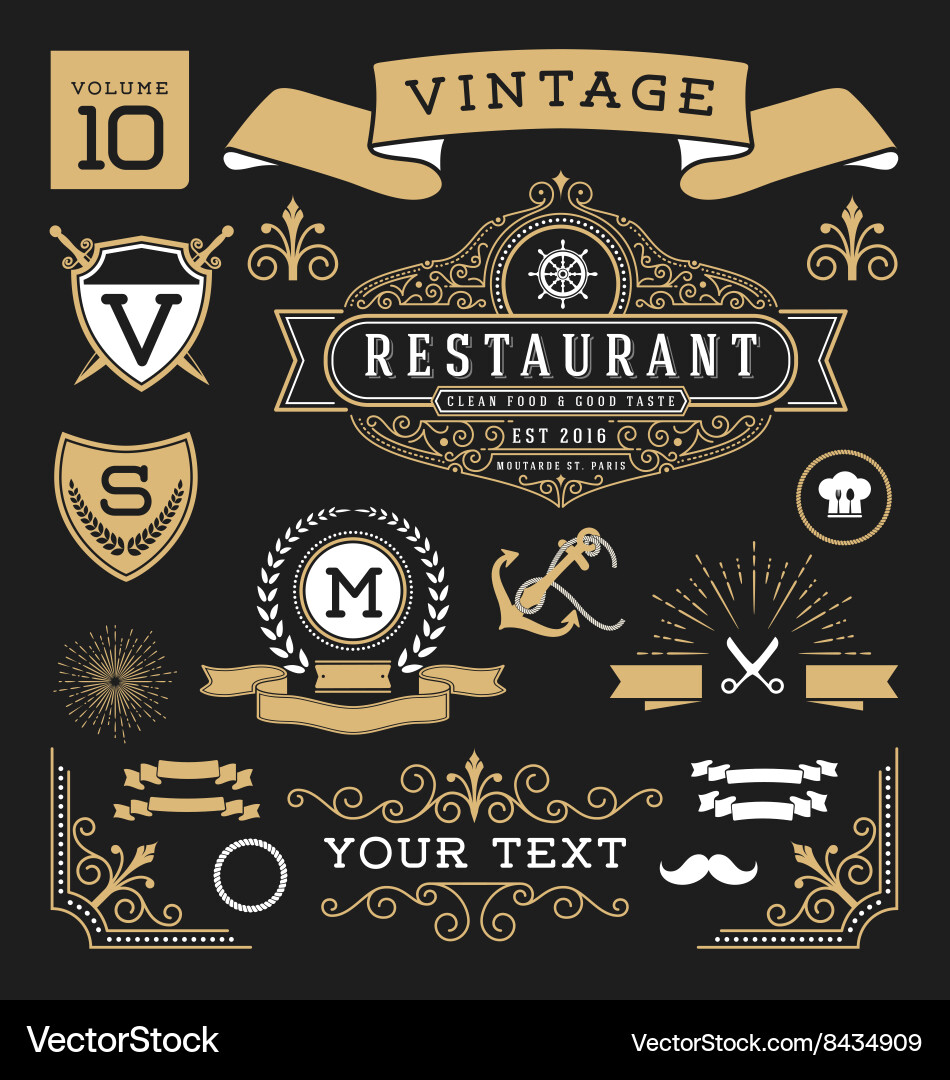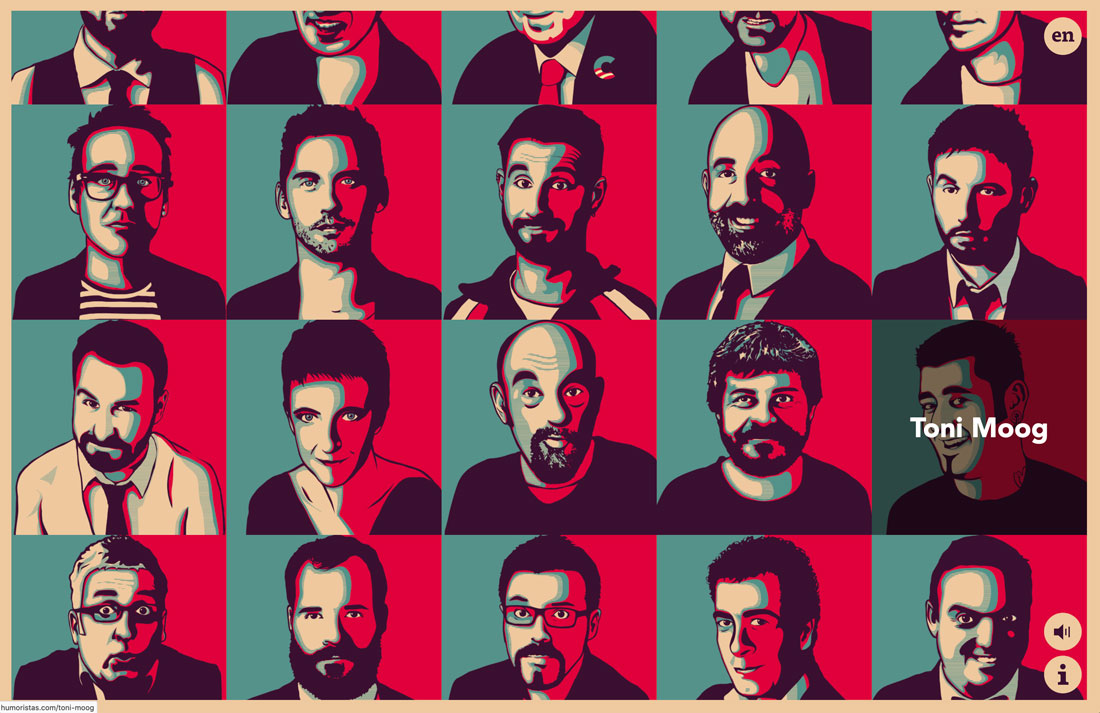Table Of Content

Color is more than just a visual element; it’s a language that communicates the essence of an era. Different decades have been marked by distinct color palettes that captured the spirit of the times. From the pastel-hued innocence of the 1950s to the bold and audacious colors of the 1980s, each era’s color choices mirror the societal attitudes and trends that defined them.
Psychedelic design
The disco era of the 1970s was a celebration of glitz, glamour, and exuberance. Typography during this period radiated energy through bold and curvaceous letterforms. Disco-era typography perfectly mirrored the dance floors and neon lights, adding to the overall sensory experience of the disco culture.
For a Brief, Strange Moment in the 1960s, Dresses Became Posters
One such timeless trend is retro design, which draws inspiration from the past and infuses it into modern graphics. The magic of retro lies in its ability to evoke nostalgia while offering a fresh and contemporary twist. Vintage graphic design, retro graphic design style, and retro design elements are sourced from a rich timeline of historical design styles.
Exploring Retro Design: Nostalgia in Modern Graphics
So most of the designs in this piece are actually vintage-inspired, rather than actual vintage designs. There is no structure or rules, as long as the whole design gives off grunginess. A lot of textures and a rough finish are both characteristics of Grunge design.
Levrant de Bretteville asserted that embracing digital technologies would facilitate greater access to those tools. One of our favorite retro and vintage illustrators is children’s book artist Ralph Cosentino. His superher character Fun-Boy (pictured) gives a nod to 50s advertising and takes inspiration from vintage Japanese pop culture. We’ve come across some incredible retro and vintage illustrators in our time. Whether you’re into Mid-Century illustrations, Pop Art, traditional hand-lettering or beyond, these are some of the best illustrators creating retro artwork today.
Ellie Bainbridge looks to 1970s Sunday league football culture as inspiration for her retro work - It's Nice That
Ellie Bainbridge looks to 1970s Sunday league football culture as inspiration for her retro work.
Posted: Fri, 26 Nov 2021 08:00:00 GMT [source]
Influential Design Movements and Eras
Breaking the conventions of traditional typography, this style is becoming increasingly popular today – particularly in advertisements, memes and personal branding. Optical Art was a term coined in 1964 by Time magazine to describe a form of abstract design that created illusions using positive and negative space. Sometimes generating a sense of movement, sometimes revealing different scenes depending on the viewer’s focus, Optical Art plays upon the figure-ground relationship. However, Steinberger says not all the designers featured in the show were early adopters of the computer and digital type. America artist Shag, aka Josh Agle, has carved a career creating slick paintings in the style of early 60s advertising.
Telling Stories with a Vintage-Inspired Aesthetic
'Retro' refers to something that imitates the graphic design style of a recent period. The word stems from the French word rétro (short for rétrograde), which means 'backward' or 'behind'. Textures breathe life into retro illustrations, adding tactile depth that engages the viewer’s senses. Digitally simulating textures such as grainy paper, distressed surfaces, or worn textures brings an authentic vintage feel to the artwork. Additionally, the judicious use of digital effects like light glows, shadows, and blurs can enhance the overall atmosphere and evoke emotional responses. The success stories of these brands offer valuable insights for any company looking to incorporate retro graphics into their branding.
Max Fisher Designs The Pizza Parlor Of Our Retro-Tinted Dreams - PRINT Magazine
Max Fisher Designs The Pizza Parlor Of Our Retro-Tinted Dreams.
Posted: Fri, 09 Apr 2021 07:00:00 GMT [source]
Retro Design Trends: Rewind to the 60s, 70s and 80s
Inspired by curved and natural forms, the style is characterized by fluid borders with ornate details, pleasingly symmetrical layouts, and warm, optimistic colors. Letterpress is one of the oldest printing techniques, using a method of relief printing to create an engraved color effect. The effect adds an appealing hand-done look to designs, which makes it a great pairing for vintage-style layouts. Even though you might not have lived through a particular decade, such as the 1920s, you’ll still be able to recognize if something references the era by picking up on visual clues.
American illustrator and designer Eric Comstock has a retro mid-century modern aesthetic. He worked in advertising for 11 years before turning his bright, quirky style to freelance illustration, and Charlie Piechart and The Case of The Missing Pizza Slice is his first children’s book. If you’re looking for retro and vintage illustration inspiration, Eric is an artist who’s rocking it. For centuries, we’ve been drawing upon trends from previous eras to shape how we want new designs to be perceived. Take a look at the US Capitol building or the White House to see how 18th century American architects drew from Greek architecture. In fact, you’ll find throwbacks in every design category—from decorative arts to fashion design to music.
One of the defining characteristics of modern illustration is the synergy between digital and traditional methods. While vintage illustrations were often created by hand, the advent of digital tools opens up a world of possibilities. Artists can combine hand-drawn elements with digital manipulation, resulting in illustrations that possess the nostalgic warmth of tradition alongside the precision of modern technology. Retro graphics transport us to a simpler time, evoking memories of vintage advertisements, packaging, and posters. By incorporating these design elements into their branding, companies tap into a shared cultural memory that immediately strikes a chord with consumers. It’s akin to reuniting with an old friend – the feeling of warmth and recognition is powerful.
This retro art style is one of the most subtle and enduring vintage design styles, paving the way for modernist, minimal graphic design. So, dear designers, whether you’re drawn to the elegance of Art Nouveau, the boldness of Art Deco, or the grooviness of the ’70s, embrace the timeless coolness of retro aesthetics. Allow the past to infuse your creations with a sense of nostalgia, while you boldly experiment with modern interpretations.

Amid the modern graphic design trends, this one carves out the look of web and graphic design, like it did with Windows 11 and has been an accepted part of the iOS design language. Glass will be encountered more often, which means eventually it’ll get more diverse. Fonts were a big part of this decade as designers were moving from the International Typographic Style that reigned in the 50s and part of the 60s. Retro design is popular with both the people who are already familiar with the style, and those who are experiencing these designs for the first time now. Drawing multiple demographics (that retro designs are famous for), retro effects make it easier to engage the audience instantly and make designs recognizable and remembered for long. It can test your design muscles when you try to work in older styles and elements with modern interfaces and design styles.
Emulate the look with a warm color palette of oranges and browns, and mix photography in with vector graphics for a look that feels authentically seventies. This flyer template plays up the nostalgic qualities of the era, mimicking the look of an old-school record sleeve. The Bauhaus’s favored palette of white, red, blue, yellow, and black instantly conjures up the impression of an early Modernist style. Use the colors in combination to transport your designs to Pre-War Europe. Cogs, metallic textures, and rich colors help to bring a touch of steampunk to any design. We hope you enjoyed travelling back in time with us to explore the most iconic retro trends making a comeback in 2020.
Experiment with different pairings to find the perfect combination that resonates with your audience. In the vast canvas of design, nostalgia acts as a powerful brushstroke, adding depth, emotion, and resonance to visual compositions. One of the most captivating ways to evoke nostalgia is through the use of vintage imagery – a doorway to the past that holds the keys to cherished memories and timeless aesthetics. Emerging in the late 19th century, Art Nouveau was a celebration of organic forms, intricate details, and the graceful lines found in nature. Characterized by its sinuous curves and flowing motifs, this movement exudes a timeless elegance that still resonates today.
These retrofuturistic rockets are an example of the retro graphic design style, using 1960s references to create designs with an exaggerated retro look. Retro illustrations have an innate ability to transport viewers to a different era, telling stories that resonate across time. Artists can leverage this quality to create captivating narratives that draw the audience into their illustrated worlds. Whether it’s a whimsical scene from the ’60s or a noir-inspired tableau from the ’40s, the storytelling potential of modern retro illustrations is boundless. Several brands have masterfully harnessed the charm of retro graphics to define their visual identity.
No comments:
Post a Comment